In seeking business success, law firms lean ever harder on functions that were traditionally ‘back office’ – and clients are noticing. Eduardo Reyes reports from the Gazette’s latest roundtable discussion, sponsored by Travelers
At the table
Back row (l-r) Eduardo Reyes Law Society Gazette (chair); Philippa Wilkin Travelers; Stephen Blair Weightmans; Claire Larbey Trowers & Hamlins; seated, front row (l-r) Peter Lee Simmons & Simmons; Sharon Glynn Travelers; Kathy Farmer DAC Beachcroft; Daniela Conte Gibson Dunn; Kerstin Morgan Mishcon de Reya
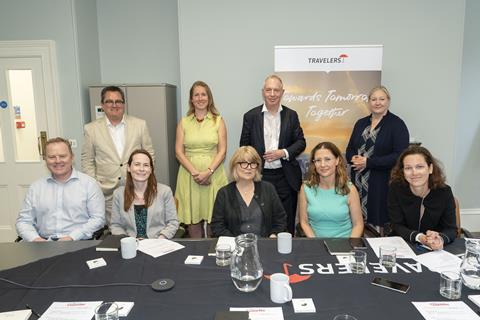
Any focus on the profits of large commercial law firms traditionally zeroed in on the role of fee-earners billing by the hour for black letter law advice. In cricketing terms, these lawyers are out there piling up runs – the equivalent for the players of turnover and profits per equity partner in the law.
But this roundtable reflects a growing appreciation of the contribution other roles make in supporting profitability and growth. The premise of our discussion is that functions such as compliance and the general counsel’s office, communications, operations and technology – none of them time-recording – are essential ingredients. In the case of technology, they include services that can generate fees beyond the traditional model of fee-earning.
For today’s group, the discussion begins with reflections on something the client does not directly pay for, but would notice the absence of: leadership.
What does good leadership look like?
Stephen Blair, a corporate and restructuring partner at Weightmans, is the sole fee-earner present, but speaks from his experience of sitting on the firm’s management board. ‘I think the main thing about leadership is it needs to be clear, unified,’ he begins. ‘You need to communicate across the board. You need to be resilient, inclusive. It’s not a matter of just thinking about what is best for a group of people, what is best for the equity partners. It’s what is best for everybody. How do we bring everybody along?’
That requires a leader to be ‘curious in the way that you delve down, especially as the firm gets bigger’. A leader must canvass the views of the more junior members of staff, he says. In addition, Blair concludes: ‘You’ve got to be able to make a decision and you’ve got to communicate that right the way down. Leadership is always about communication.’
'I’ve worked with a lot of management teams over the years, on communications related to growth and change management. In a period of growth, which is a form of change, communications really come to the fore'
Daniela Conte, Gibson Dunn
Kerstin Morgan, chief delivery officer at Mishcon de Reya, points to the need for support and an appreciation among leaders of the functions that hold a firm together and underpin its capacity for delivering legal services. ‘The non-lawyer expertise actually becomes more important, in terms of protecting the business and driving better commercial outcomes,’ she says. ‘I’m thinking the pricing managers, commercial managers, legal project managers who work alongside traditional fee-earners and lawyers. All these emerging disciplines are becoming more important.’ At Mishcon, she notes: ‘I was able to grow these capabilities and embed them into the traditional lawyer world.’
Part of a leader’s job, Morgan stresses, is ‘making sure that your [human resources] team and your business development team and all the other functions are pulling together, rather than operating in isolation’.
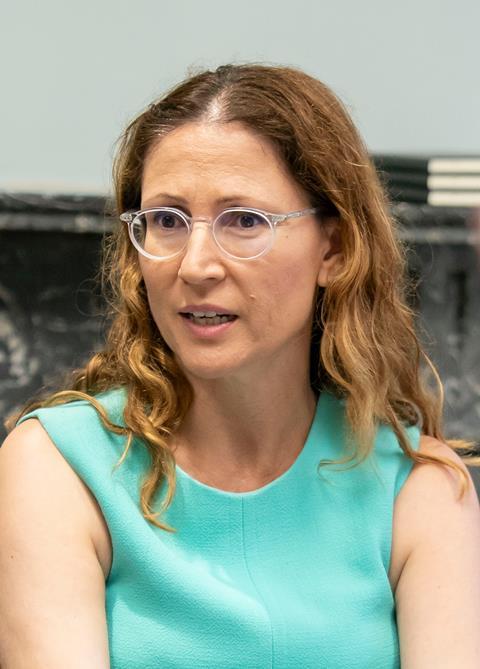
Daniela Conte, senior director of brand at Gibson Dunn, adds: ‘I’ve worked with a lot of management teams over the years, on communications related to growth and change management. In a period of growth, which is a form of change, communications really come to the fore.’ While external communications is key, she argues, handling internal communications is even more important. A firm’s people need to understand the ‘so what?’ of decisions that are taken. And if one cannot be transparent for reasons such as ‘commercial sensitivity’, then ‘explain why you can’t, because during periods of change, people do start expecting the worst’.
Claire Larbey, general counsel and member of the executive team at Trowers & Hamlins, relates her experience of working on the firm’s latest five-year plan. Leadership in this context involved a focus on ‘alignment’. That meant looking at partners’ plans and ‘taking a step back and saying: OK, is everyone in alignment? How are we supporting each other? What does the structure of business services look like to enable us to reach our firm’s strategy? How can we meet our financial strategy and do we have the resource and infrastructure to [do] that?’
‘If you have the infrastructure right,’ continues Kathy Farmer, group general counsel at DAC Beachcroft, ‘there’s a safe environment in which people can work. They know they can just get on with what they need to do and you have done the thinking in relation to everything else.’ Of key importance, she adds, is ‘the people who sit around your leader – the management team’, which needs ‘diversity of thought’. She cites the important role of the firm’s non-lawyer chief operating officer in establishing a balance between competing interests.
Multi-disciplinary team
'The idea was to hire data scientists, computer scientists, designers, process engineers. One of the precepts for setting up Wavelength was this idea that you need multi-disciplinary teams to solve the hardest problems out there'
Peter Lee, Simmons & Simmons
Simmons & Simmons partner Peter Lee founded a law firm, Wavelength, as a ‘legal engineering business’ which monetised the sort of functions that traditional law firms saw as ‘back office’. Simmons acquired the firm in 2019, bringing Lee into the partnership.
‘The idea was to hire data scientists, computer scientists, designers, process engineers,’ he explains. ‘One of the precepts for setting up Wavelength was this idea that you need multi-disciplinary teams to solve the hardest problems out there.’ Take a data scientist, he says: ‘In my world, I want to be able to charge them out to clients and get them involved in client projects.’

Most law firms grow in part through lateral hires of fee-earners. But for their appointment to work, integration with the new firm’s culture and ways of working is key – and that, Conte points out, extends to their relationship with non-fee-earning functions. ‘I work with a lot of lateral hires. I’m one of the first people a lateral will speak to before they join the firm. Partly to talk about the communications plan around their arrival, but also I have a kind of secondary role whereby I introduce them to the business,’ she says. ‘How you integrate a lateral really can set them up for success or failure.’
‘We spend quite a lot of time informally talking to people before we even get to the stage of offer and integration,’ Farmer adds. ‘We need to understand them and make sure that they will fit with us, within the business. So that then, once they’re here, they’re more likely to stay because they “get it”.’
Others point out that this does not mean simply replicating the people who are already there. ‘I’ve found it quite interesting on some of our lateral hires,’ Larbey says. ‘Although it was good to get a cultural fit, they’re also clearly disruptors as well. They came into the business with knowledge from a different firm, from a different way of doing things. And that drove our business to improve and to be better.’ The ideal here, she notes, is ‘disruptors who play within the culture but offer that different element’.
That process happens on a grander scale when firms merge or are acquired. Here, success or failure relies on the work of the functions represented at the roundtable. Morgan recalls the two-year merger process between Mishcon de Reya and Taylor Vinters, from 2021 to 2023. ‘There was definitely commonality in terms of our values, our culture, our ambition, the way we operated,’ she says, even though Taylor Vinters was the smaller firm.
‘What made the merger a success was that both leaders had the same communications or message, and it looked really quite aligned from the start,’ Morgan says. ‘One thing that was really important is the transition and integration planning, and then careful execution.’ She notes that on the operational side, there was ‘cross-fertilisation’ of ideas – it was not a case of the smaller firm just adopting the way the larger firm worked.

Blair recalls the merger three years ago of his firm RadcliffesLeBrasseur and the larger Weightmans. People tend to attribute any process that does not work to the merger, and the effort put into internal communications was very significant. ‘It was a lot of time and quite a few people putting in a lot of mad hours to go round and talk to the individuals and spot the people who were not integrating properly,’ he says. ‘You’ve got to spend a lot of time talking to them.’
That requires consistency, Conte adds: ‘If you’re saying something externally that people are not seeing internally, that will catch up on you. That’s the sign of a bad brand. A good brand is when your internal culture reflects what you’re saying externally.’ All of a firm’s people now have the ability to communicate, she notes – including on LinkedIn, the website Glassdoor and online publication Roll on Friday. So people’s views matter.
Risk, wellbeing and culture
‘It’s not necessarily just about policies… fruit bowls and pilates. It’s about people and about openness and the communication… One of the things that we’ve focused on is the quality of the conversation that a line manager might have with an individual. That is not just about what your chargeable hours are doing, it’s about you as an individual and making sure that person is heard, and that you listen and you hear what they’re saying.’
Kathy Farmer (pictured), DAC Beachcroft
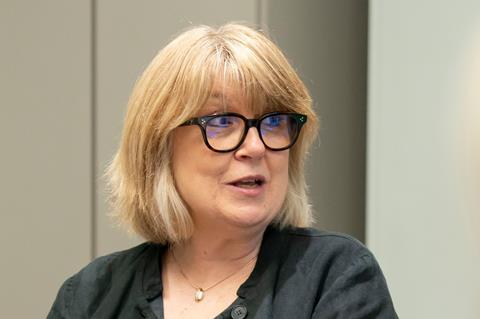
‘What they’re hoping to show and to do by having good wellbeing and good culture in our law firms is to improve the risk profile… it’s an investment because you’re investing in your people and that’s your biggest asset in a law firm.’
Sharon Glynn, Travelers
‘One of the principal reasons why I returned to Travelers is to look at the issue around stress as a risk factor. Historically, some of the wellbeing interventions have been the equivalent of Band-aids for bullet wounds that fail to address the main drivers of stress… for example, where there is a culture of long hours, does there need to be?’
Philippa Wilkin, Travelers
‘COVID lockdown was quite a difficult time for me because I was very busy and it coincided with my children being very young. There were lots of meetings that had to happen, by Zoom of course. Partners in my [then] firm and the management team would often say, “Please don’t schedule meetings for Daniela between 5:00 and 7:00”, because they knew it was the witching hour with children. I do remember that, and that was just people being decent with each other. It in no way reduced my workload, but there was due consideration given. That actually meant quite a lot to me in terms of culture and how I felt.’
Daniela Conte, Gibson Dunn
‘There’s a willingness to talk about things that people weren’t willing to talk about before lockdown. Now it’s fine to talk about the pressure, how are you coping, how do you feel. I think that every firm has got to embrace that, rather than ignore it and pretend it doesn’t exist, which I think was the historical way of approaching it.’
Stephen Blair, Weightmans
Outside looking in
Can one judge how well a firm works from the outside? Is it well run? That is of interest to insurer Travelers, sponsor of this roundtable. Philippa Wilkin, its senior risk management consultant, says: ‘Realistically, there’s only so much information that insurers can pick up from paper submissions. And that’s why we always advocate for meeting people in person, and really getting to understand what their business is about.’
'Sometimes law firms are really good at talking about cultures, sometimes they’re not and it’s out there in the press'
Sharon Glynn, Travelers
Looking at a firm’s culture and risks through the lens of its claims record is instructive, she says. Claims may show ‘the type of pressures that people faced, tight deadlines that people were under and the level of supervision or support in place. Whether they were working as part of a team or not, and indications that they’re under significant stress, pressure, burnout’.
Wilkin’s colleague Sharon Glynn, a managing director in the underwriting team, continues: ‘It’s very much about putting together those pieces of the puzzle.’ That means asking if the firm’s submission seems to match its claims record. She notes: ‘Sometimes law firms are really good at talking about culture, sometimes they’re not and it’s out there in the press. But then, you also sometimes see that disconnect, that you hear terrible things about them, but then they’ve got a really great claims record. And you think, “Well, what is happening there?”.’ An insurer will even look at discussion boards that relate to a firm, knowing of course that some comments need to be taken ‘with a pinch of salt’.
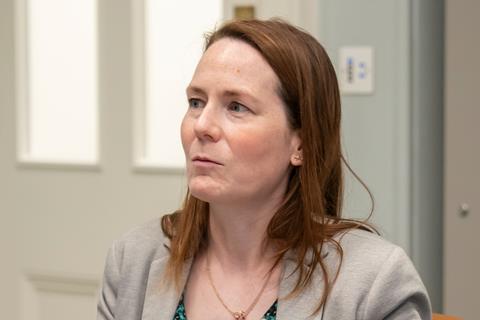
Client service
Law firms commonly claim that changes, including mergers and the adoption of new systems, are driven by client feedback, when often profitability is the principal driver. Yet client service and communication both need to remain front of mind for all those present.
‘The overall vision,’ Lee says, ‘is to provide a really good client experience.’ That means it is important that ‘very traditional back-office business services in our IT department really think about the client first. They want to make sure that experience comes through’.
Firms need to have ‘proper conversations with [clients], where you’re asking for their input’. Good ‘client listening’ exercises are essential.
Legal technology has been the focus of conversations between law firms and clients. This relationship has changed as the adoption of artificial intelligence (for example) has grown.
Lee explains: ‘Rather than clients coming to us and saying, “Can you automate these documents for us using one of the automation tools?”, they have these tools themselves – on their phones or in their systems, or built in automatically into Microsoft Copilot.
‘So, they want to understand what extra value-add a law firm can bring. Sometimes, that is to do with good governance and sensible use… it requires multi-disciplinary thinking.’
‘One of the biggest changes is the introduction of AI,’ Blair says. ‘How do clients expect we’re going to use it? Are they going to turn around and say, because you’ve got AI, you can do everything quicker, therefore, you’re going to be cheaper.’
He relates the experience of a client presenting him with a formal agreement drawn up using ChatGPT. ‘Suddenly, the instruction changed from “Can you draft this document?” to “Can you review some artificial rubbish that has been produced using AI?”… actually it would have been cheaper if he’d left me to do it in the first place!’
‘Legal tech on its own is not very helpful to the legal team,’ Morgan continues. ‘So, it’s really important that the connections are made between the lawyer and non-lawyers, and that their combined expertise comes to the fore for the benefit of the client. It’s interesting – some teams really get it, and they love having a legal project manager in the mix who can bring it to life and bring that great service to the client.’
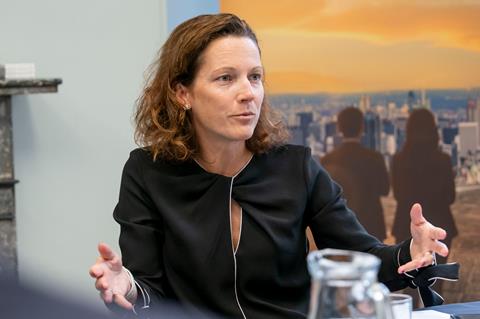
Legal education also faces a challenge, Lee notes. While AI can assist with tasks, universities and law schools must continue to develop the ‘critical thinking skills’ needed; not least, to use AI tools properly.
Larbey agrees: ‘The AI tools that we are implementing within the firm are tools. It doesn’t take away the people. The person has to check the information that’s coming. It has to be supervised. It’s not that they can just defer.’
Farmer concludes by observing that in bringing technology out from a firm’s traditional IT department back office, and to the fore of legal services delivery, it is important to ensure one thing: ‘You want to be leading edge, not bleeding edge. You want to be at the front, but maybe not the very front. It’s evolving so much at the moment. We’re doing things in a measured way.’
This roundtable discussion was kindly sponsored by Travelers


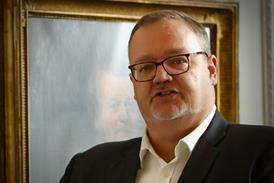




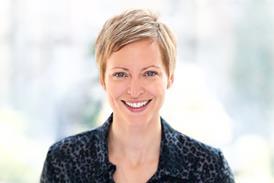

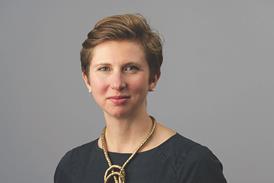



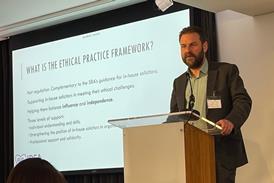






















No comments yet